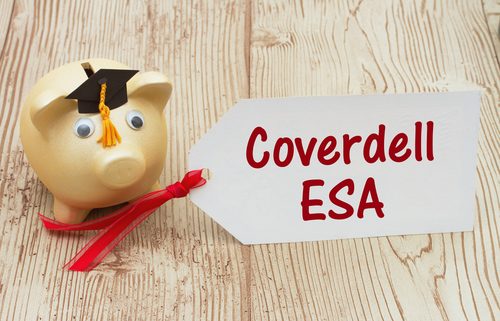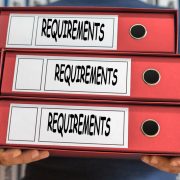Know the Limits of Your Self-Directed CESA
If you know the limits of an account, you’ll be far better equipped to make it prosper. That’s especially important for an account that isn’t aimed at you, but rather aimed at helping someone achieve the education that will set them up for the future. We’re talking, of course, about the Self-Directed CESA, which can be a tremendous asset for anyone looking to save for someone else’s education. But before you know what to do, it’s just as important to know what you can’t do with an account like this.
Understand the Self-Directed CESA First
If you want to know the limits of this account, you’ll first have to get settled into how it works. Let’s tackle the basics. You can also explore more about Self-Directed Coverdell Education Savings Accounts at our dedicated page.
- Designated beneficiary. You’ll name a “designated beneficiary” of the Coverdell Education Savings Account, which can only be someone who is under the age of 18, or a special needs beneficiary.
- Getting started the right way. You’ll want to make sure that the account is designated as a Self-Directed CESA from the get-go.
- Put it in writing. The document and governance of the account should be in writing, which means that you’ll have to set it up to meet certain requirements. For more information about this, you can work with a Self-Directed IRA administration firm like American IRA.
- Contributions. The contributions you make toward the account will not be deductible from your taxes. However, the amounts that you deposit in the account will grow tax-free until distribution, which means that you’ll be able to squeeze more out of your savings than you would if you had simply put it in a taxable brokerage account.
This should give you the lay of the land. But let’s talk more about those limits, and what they might mean for you as an investor.
The Limits of the Self-Directed CESA
If the beneficiary takes distributions for the enrollment or attendance at an eligible educational institution, there is no tax penalty. Distributions will also be tax-free as long as they’re used for qualified education expenses included tuition, fees, books, supplies, equipment, and qualified expenses for room and board.
The contribution limits cannot be more than $2,000 in a given year, even if you’ve established multiple accounts. That means that you’ll only be able to give $2,000 per beneficiary—even if the beneficiary has multiple accounts working for them.
What happens if the distribution exceeds the qualified education expenses a student incurs? In these situations, the CESA usually functions as a reimbursement meaning that you purchase the necessary school materials then use the CESA to reimburse the costs. However, there can be a 10% tax penalty if the beneficiary withdraws more than the necessary funds to cover educational expenses. This helps people understand that they’ll have to have a solid understanding of what their education expenses will be. It also means that people will have to be solid planners when it comes to taking distributions—with the tax-free distributions comes the responsibility to make sure that they go to valid education expenses.
There are obvious limits here. You can’t contribute over a certain amount per beneficiary per year. However, it’s important to realize that if you make a quick start in savings for someone’s educational future, you can accomplish a lot with a Self-Directed CESA. How do you get started? The first thing to keep in mind is that you’ll want to work with people who can help guide you through the administrative process.
Interested in learning more about Self-Directed IRAs? Contact American IRA, LLC at 866-7500-IRA (472) for a free consultation. Download our free guides or visit us online at www.AmericanIRA.com.






